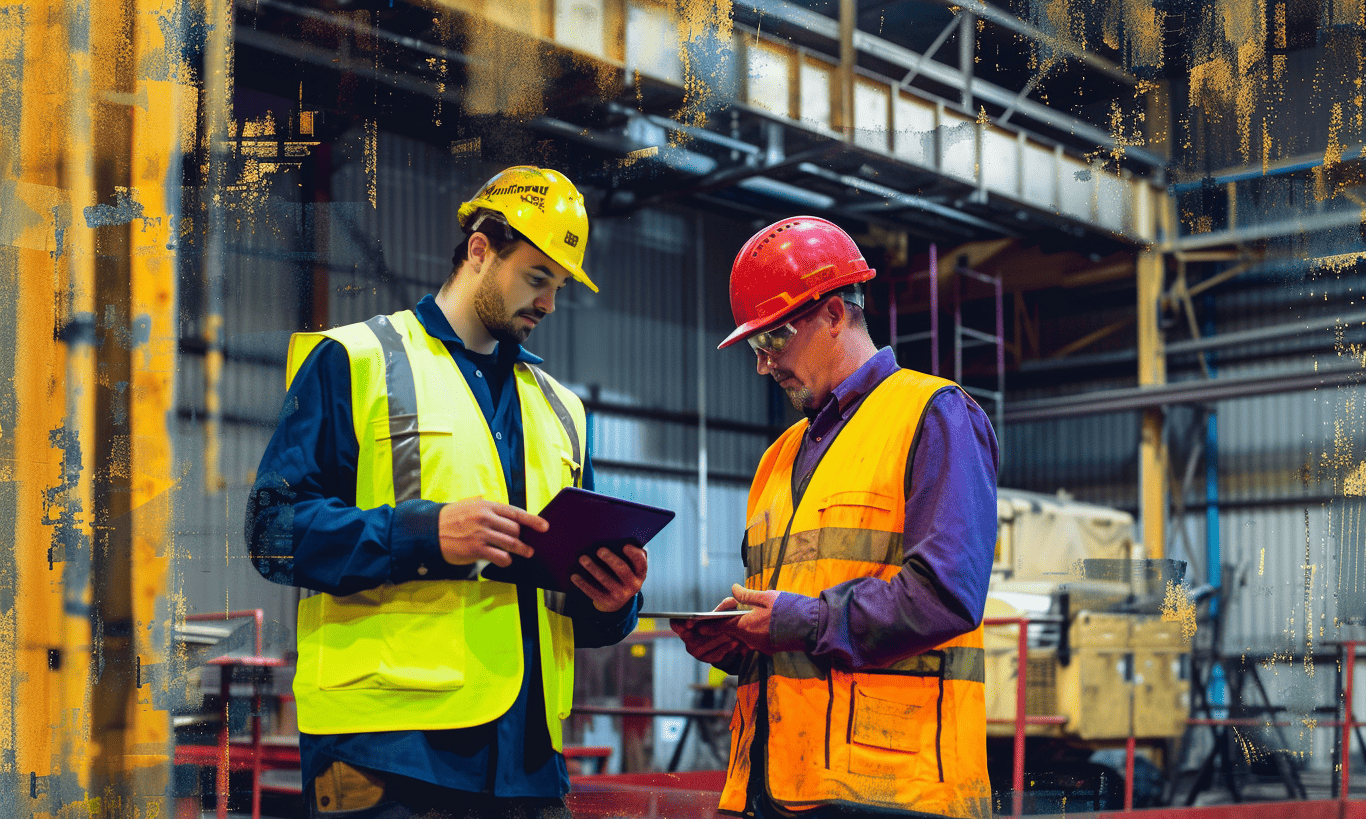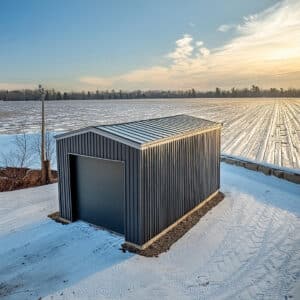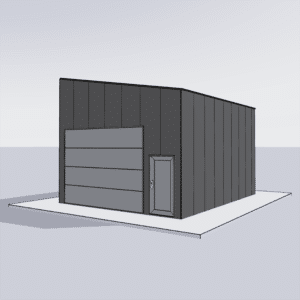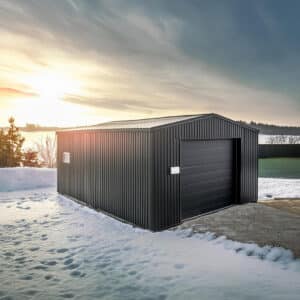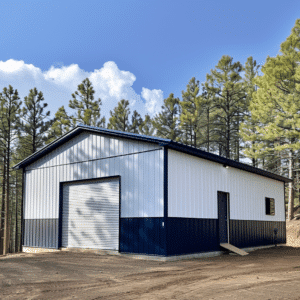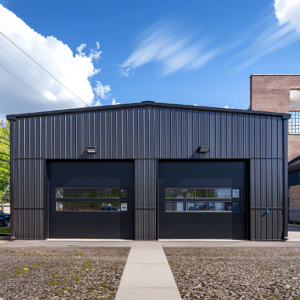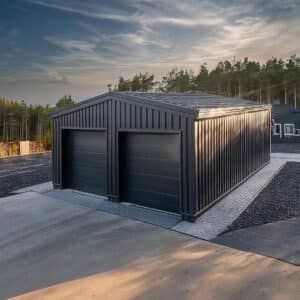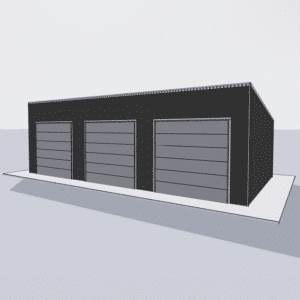Reducing our carbon footprint has become a priority for many businesses and homeowners seeking to contribute positively to environmental sustainability. In this pursuit, energy-efficient steel buildings have emerged as an innovative solution offering both environmental and economic benefits. But how can these structures truly help you go green? Let’s delve into ten actionable strategies that can transform your steel buildings into bastions of energy efficiency, showcasing the power of industrial advancements in a sustainable world.
##
1. Insulation: A Crucial First Step
When thinking about enhancing the energy efficiency of your Eco-Friendly Steel Construction, insulation should be your starting point. High-quality insulation minimizes the need for heating and cooling, significantly lowering energy consumption. Consider using spray foam or insulated panels to keep your building’s internal temperature stable across seasons.
##
2. Solar Power Integration
Integrating solar panels with your steel building not only cuts down on electricity costs but also reduces reliance on fossil fuels. Steel roofs are ideal for solar installations due to their durability and strength. These panels convert sunlight into energy, offering additional savings and efficiency by powering lighting and appliances throughout the building.
##
3. Efficient HVAC Systems
Investing in energy-efficient HVAC systems for your steel building can substantially reduce energy consumption. Systems with smart thermostats help maintain optimal climate control while conserving energy. By keeping systems regularly maintained, you ensure they run efficiently without unnecessary energy use. This is just one of the many Environmental Benefits of Steel Buildings.
##
4. Strategic Building Placement
The positioning of your building can impact its energy use more than you’d expect. By considering the sun’s path, you can maximize natural light during the day to reduce the need for artificial lighting and heating. This orientation not only enhances energy efficiency but also boosts the overall comfort of the space.
##
5. LED Lighting Solutions
Switching from traditional lighting to LED alternatives can make a substantial difference in energy costs. LED lights use significantly less electricity and have a longer life span, reducing the need for frequent replacements. Their ability to produce more light output while using less energy is paramount in achieving an energy-efficient steel building.
##
6. Smart Building Technology
Integrating smart technology within a steel building can harmonize its various systems, making them more efficient. Smart sensors and AI manage energy use by optimizing lighting, heating, and cooling systems based on occupancy and daylight. By implementing such technology, you can ensure that no energy is wasted.
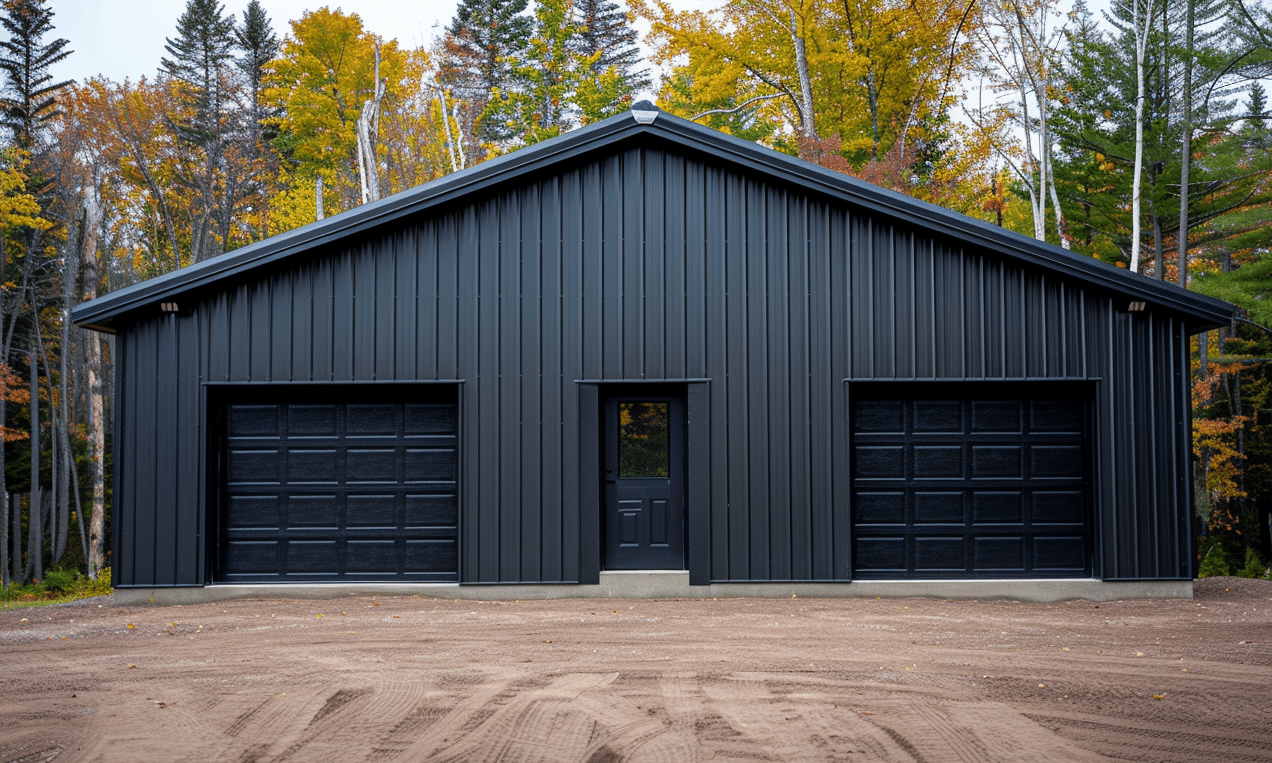
##
7. Use of Recycled Steel
Choosing recycled steel for your building’s design is a step towards sustainable construction. It not only serves the planet but can drastically cut down on developmental costs. Recycled steel maintains the same strength and integrity as new steel. Discover more about the Recycled Steel Benefits to enhance your project’s sustainability credentials.
##
8. High-Performance Windows
Windows are a significant source of heat loss in any structure. By installing high-performance, insulated windows in your steel building, you can reduce energy loss manifold. Double or triple-paned windows help maintain interior temperatures, reducing the reliance on heating and cooling systems.
##
9. Implement Renewable Materials
Incorporate renewable or sustainably sourced materials in your building whenever possible. Materials such as bamboo and reclaimed wood aren’t just environmentally sound but also add an aesthetic touch to steel buildings. Sustainable Steel Practices are gaining traction thanks to their low environmental impact and durability.
Learn more about Sustainable Steel Practices and their benefits here.
##
10. Water Conservation Systems
Lastly, consider installing rainwater harvesting systems and low-flow plumbing fixtures in your steel building. This not only conserves water but also reduces energy consumption associated with water heating and treatment. Effective water management is an essential component of an energy-efficient steel building.
##
Conclusion
Integrating energy-efficient solutions in metal manufacturing buildings is not just about cutting costs; it’s also a step towards creating a more sustainable planet. By focusing on insulation, solar power, strategic building placement, and recycled steel, you can make significant strides in reducing your carbon footprint. Remember, every small change contributes to a greater environmental impact.
By leveraging the inherent strength and versatility of steel, you can innovate while remaining committed to energy efficiency. As you consider these methods, you embrace both advancements in steel construction and your role in a greener world. Your choice in embracing energy-efficient steel building practices can make a lasting environmental difference.


